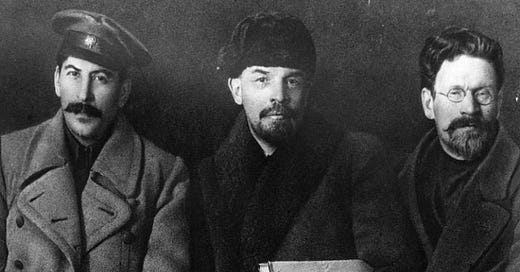Are You a Conservative, Radical, Reactionary, or Progressive?
Chapter 4.4: Political spectrums based on the left's definitions are useless.
Why this book | Title Page | Table of Contents
Preface | Introduction
PART 1
Chapter 1 (1.1) (1.2) | Chapter 2 (2.1) (2.2) (2.3) | Chapter 3 (3.1) (3.2) (3.3) (3.4) (3.5) (3.6)
PART 2
Chapter 4 (4.1) (4.2) (4.3) (4.4) | Chapter 5 | Chapter 6
PART 3
Chapter 7 | Chapter 8 | Chapter 9 | Chapter 10 | Chapter 11 | Chapter 12 | Chapter 13 | Chapter 14
PART 4
Chapter 15 | Chapter 16 | Chapter 17 |
PART 5
Chapter 18 | Chapter 19 | Chapter 20 | Conclusion
Appendix | Works Cited
4.4
Spectrums based on stance relative to change, cont’d
Terminology
Conservatism vs. Radicalism
Reactionism vs. Progressivism
The French Continuum, Version 2
Whose Change?
Sanity
Pole shifts and changing contexts
Spectrums based on stance relative to change
Terminology
The labels conservative and reactionary are often used interchangeably, as are radical and progressive. Our efforts would be better-served, however, if we removed the ambiguity and established more precise meanings for these terms:
Conservatism vs. Radicalism
Focused on the present
The conservative wants to preserve things things as they are. The radical wants to make significant changes to the way things are.
Conservatism prefers restraint and prudence, seeing resistance to change as, in and of itself, a value. Radicalism prefers action and novelty, viewing change for the sake of change as, in and of itself, a value. The conservative is willing to accept slowness in order to avoid precipitous errors. The radical is willing to accept precipitous errors in order to avoid slowness.
Reactionism vs. Progressivism
Focused on the past and the future
The reactionary wants to return to a (real or imagined) condition of the past. The progressive envisions a better future and wants to move towards (his vision of) that future.
The reactionary seeks to make changes that foster a return to his vision of a better past, and will resist changes that move things further away from that vision. The progressive wants to make changes that move things closer to his vision of a better future, and will resist changes that move things away from that vision.
These can be framed as a stance relative to an existing order—the conservative wants to preserve the existing order and the radical wants to change it. The reactionary believes some order of the past is superior and wants to restore that order. The progressive believes some order of the future will be superior and wants to move towards that new order. (Or we might describe the unit as something like stance relative to change.)
But all of these are temperamental phenomena or tactical approaches, not ideological positions in and of themselves. As we will discuss below, they always involve a context. Very few people are conservative merely for the sake of conserving, or progressive for the sake of progressing. Temperaments and tactics are almost always overlaid upon an ideological or philosophical substrate. Throughout the bulk of this book, we will look to those substrates in our quest for a proper political spectrum. Trying to build one based on temperaments and tactics is like trying to build a house on sand.
And yet, to a significant degree, that is exactly what has been done…
The French Continuum, Version 2
Whoever opposes us is a regressive.
By the time of the French Revolution, classical liberals in the English-speaking world had already pushed the ancien régime a significant way down the road to extinction. But to hear the French revolutionaries tell the tale, everyone to the right of Robespierre was a lickspittle for absolute monarchy. Ever since then, the left has followed the French model—fancying itself as the great opponents of all that is hidebound and old. Defenders of the old order are “the right” and champions of change are “the left.” This gives us a second interpretation of the “French continuum,” shown in figure 4.8.
Keep reading with a 7-day free trial
Subscribe to The Freedom Scale to keep reading this post and get 7 days of free access to the full post archives.



